What is Suboxone?
Suboxone contains a combination of buprenorphine and naloxone. Buprenorphine is an opioid medication, sometimes called a narcotic. Naloxone blocks the effects of opioid medication, including pain relief or feelings of well-being that can lead to opioid abuse.
Suboxone is used to treat narcotic (opiate) addiction.
Suboxone is not for use as a pain medication.
Warnings
Suboxone can slow or stop your breathing, and may be habit-forming. MISUSE OF THIS MEDICINE CAN CAUSE ADDICTION, OVERDOSE, OR DEATH, especially in a child or other person using the medicine without a prescription.
Taking Suboxone during pregnancy may cause life-threatening withdrawal symptoms in the newborn
Fatal side effects can occur if you use this medicine with alcohol, or with other drugs that cause drowsiness or slow your breathing.
Before taking this medicine
You should not use Suboxone if you are allergic to buprenorphine or naloxone (Narcan).
To make sure Suboxone is safe for you, tell your doctor if you have ever had:
- tooth problems, including a history of cavities;
- breathing problems, sleep apnea;
- enlarged prostate, urination problems;
- liver or kidney disease;
- abnormal curvature of the spine that affects breathing;
- problems with your gallbladder, adrenal gland, or thyroid;
- a head injury, brain tumor, or seizures; or
- alcoholism or drug addiction.
If you use Suboxone while you are pregnant, your baby could become dependent on the drug. This can cause life-threatening withdrawal symptoms in the baby after it is born. Babies born dependent on opioids may need medical treatment for several weeks.
Ask a doctor before using Suboxone if you are breastfeeding. Tell your doctor if you notice severe drowsiness or slow breathing in the nursing baby.
How should I take Suboxone?
Use Suboxone exactly as prescribed by your doctor. Follow the directions on your prescription label and read all medication guides. Never use Suboxone in larger amounts, or for longer than prescribed. Tell your doctor if you feel an increased urge to use more of this medicine.
Before taking a Suboxone sublingual film, drink water to moisten your mouth. This helps the film dissolve more easily. Place one film on the inside of your right or left cheek. If your doctor tells you to take 2 films at a time, place the other film on the inside of the opposite cheek. Keep the films in place until they have completely dissolved. If your doctor tells you to take a third film, place it on the inside of your right or left cheek after the first 2 films have dissolved.
While the film is dissolving, do not chew or swallow the film because the medicine will not work as well.
Suboxone sublingual tablets should be placed under the tongue until they dissolve.
Never share Suboxone with another person, especially someone with a history of drug abuse or addiction. MISUSE CAN CAUSE ADDICTION, OVERDOSE, OR DEATH. Keep the medicine in a place where others cannot get to it. Selling or giving away Suboxone is against the law.
Rinse your mouth with water after the Suboxone tablet dissolves. Wait one hour after the medicine dissolves to brush your teeth to prevent damage to the teeth and gums. You should receive regular dental checkups while using Suboxone.
If you switch between medicines containing buprenorphine, you may not use the same dose for each one. Follow all directions carefully.
Do not stop using Suboxone suddenly, or you could have unpleasant withdrawal symptoms. Ask your doctor how to safely stop using this medicine.
You will need frequent blood tests to check your liver function.
All your medical care providers should know that you are being treated for opioid addiction, and that you take Suboxone. Make sure your family members know how to provide this information in case they need to speak for you during an emergency.
Never crush or break a Suboxone sublingual tablet to inhale the powder or mix it into a liquid to inject the drug into your vein. This practice has resulted in death.
Store Suboxone at room temperature, away from moisture and heat. Store the films in the foil pouch. Discard an empty pouch in a place children and pets cannot get to.
Keep track of your medicine. You should be aware if anyone is using it improperly or without a prescription.
Do not keep leftover opioid medication. Just one dose can cause death in someone using this medicine accidentally or improperly. Ask your pharmacist where to locate a drug take-back disposal program. If there is no take-back program, remove any unused films from the foil pack and flush the films down the toilet. Throw the empty foil pack into the trash.
Dosing information
Usual Adult Dose for Opiate Dependence – Induction:
INDUCTION: For those Dependent on Heroin or Other Short-acting Opioid Products:
-INITIAL DOSES should begin when objective signs of moderate opioid withdrawal appear and not less than 6 hours after the patient last used opioids to avoid precipitating an opioid withdrawal syndrome:
Suboxone Sublingual Film:
Day 1: up to 8 mg/2 mg sublingually; administer as an initial dose of 2 mg/0.5 mg or 4 mg/1 mg with titration in 2 or 4 mg increments of buprenorphine at approximately 2-hour intervals
Day 2: 16 mg/4 mg sublingually as a single dose
Comments:
-Patients dependent on heroin or other short-acting opioid products may be inducted with combination buprenorphine/naloxone or buprenorphine monotherapy; to avoid precipitating withdrawal during induction, initiation should occur when clear signs of withdrawal are evident, preferably when moderate objective signs of opioid withdrawal appear, and no sooner than 6 hours after last use of heroin or other short-acting opioid.
-Suboxone sublingual tablets are not indicated for induction therapy; Suboxone sublingual film for sublingual or buccal use should only be administered sublingually for induction to minimize exposure to naloxone.
-For patient’s dependent on methadone or long-acting opioid products, buprenorphine monotherapy should be used during the induction phase as naloxone may be absorbed in small amounts and could precipitate or prolong withdrawal during induction.
-Maintenance treatment begins on day 3.
Use: For the treatment of opioid dependence as part of a complete treatment plan to include counseling and psychosocial support.Usual Adult Dose for Opiate Dependence – Maintenance:
MAINTENANCE Treatment:
-Doses of buprenorphine/naloxone should be adjusted to a level that holds the patient in treatment and suppresses opioid withdrawal signs and symptoms; doses should be titrated to clinical effectiveness as rapidly as possible as gradual titration may lead to higher drop-out rates.
SUBOXONE Sublingual Film and Sublingual Tablets:
-Progressively adjust in increments/decrements of 2 mg/0.5 mg or 4 mg/1 mg to a level that holds the patient in treatment and suppresses opioid withdrawal signs and symptoms
-Recommended target dose: 16 mg/4 mg sublingually (film, tablet) or buccally (film) once a day; dose range 4 mg/1 mg to 24 mg/6 mg
-Maximum dose: 24 mg/6 mg per day
Comments:
-Following induction, maintenance therapy is provided to hold a patient in treatment and suppress opioid withdrawal signs and symptoms; there is no maximum recommended duration for maintenance treatment and some patients may require treatment indefinitely.
-There are multiple buprenorphine/naloxone products available for maintenance treatment; these products are not bioequivalent and dose adjustments may be necessary when switching products; e.g., Zubsolv 4.2 mg/0.7 mg buccal film provides equivalent buprenorphine exposure as Suboxone 8 mg/2 mg sublingual tablet.
Use: For the treatment of opioid dependence as part of a complete treatment plan to include counseling and psychosocial support .What happens if I miss a dose?Take the medicine as soon as you can, but skip the missed dose if it is almost time for your next dose. Do not take two doses at one time.
Seek emergency medical attention or call the Poison Help line at 1-800-222-1222. An opioid overdose can be fatal, especially in a child or other person using the medicine without a prescription. Overdose symptoms may include severe drowsiness, pinpoint pupils, slow breathing, or no breathing.
What should I avoid while taking Suboxone?
Do not drink alcohol. Dangerous side effects or death could occur.
Avoid driving or operating machinery until you know how this medicine will affect you. Dizziness or severe drowsiness can cause falls, accidents, or severe injuries.
Suboxone side effects
Get emergency medical help if you have signs of an allergic reaction to Suboxone: hives; difficult breathing; swelling of your face, lips, tongue, or throat.
Suboxone can slow or stop your breathing, and death may occur. A person caring for you should give naloxone and/or seek emergency medical attention if you have slow breathing with long pauses, blue colored lips, or if you are hard to wake up.
Call your doctor at once or seek emergency medical attention if you have:
- any problems with your teeth or gums;
- weak or shallow breathing, breathing that stops during sleep;
- a light-headed feeling, like you might pass out;
- confusion, loss of coordination, extreme weakness;
- blurred vision, slurred speech;
- liver problems – upper stomach pain, loss of appetite, dark urine, clay-colored stools, jaundice (yellowing of the skin or eyes);
- high levels of serotonin in the body – agitation, hallucinations, fever, sweating, shivering, fast heart rate, muscle stiffness, twitching, loss of coordination, nausea, vomiting, diarrhea;
- low cortisol levels – nausea, vomiting, loss of appetite, dizziness, worsening tiredness or weakness; or
- opioid withdrawal symptoms – shivering, goose bumps, increased sweating, feeling hot or cold, runny nose, watery eyes, diarrhea, muscle pain.
Serious breathing problems may be more likely in older adults and those who are debilitated or have wasting syndrome or chronic breathing disorders.
Common Suboxone side effects may include:
- dizziness, drowsiness, blurred vision, feeling drunk, trouble concentrating;
- withdrawal symptoms;
- tongue pain, redness or numbness inside your mouth;
- nausea, vomiting, constipation;
- headache, back pain;
- fast or pounding heartbeats, increased sweating; or
- sleep problems (insomnia).
This is not a complete list of side effects and others may occur. Call your doctor for medical advice about side effects. You may report side effects to FDA at 1-800-FDA-1088.
What other drugs will affect Suboxone?
You may have breathing problems or withdrawal symptoms if you start or stop taking certain other medicines. Tell your doctor if you also use an antibiotic, antifungal medication, heart or blood pressure medication, seizure medication, or medicine to treat HIV or hepatitis C.
Opioid medication can interact with many other drugs and cause dangerous side effects or death. Be sure your doctor knows if you also use:
- cold or allergy medicines, bronchodilator asthma/COPD medication, or a diuretic (“water pill”);
- medicines for motion sickness, irritable bowel syndrome, or overactive bladder;
- other opioids – opioid pain medicine or prescription cough medicine;
- a sedative like Valium – diazepam, alprazolam, lorazepam, Xanax, Klonopin, Ativan, and others;
- drugs that make you sleepy or slow your breathing – a sleeping pill, muscle relaxer, medicine to treat mood disorders or mental illness; or
- drugs that affect serotonin levels in your body – a stimulant, or medicine for depression, Parkinson’s disease, migraine headaches, serious infections, or nausea and vomiting.
| Quantity | 30 films ($8/film), 50 films ($8/film), 100 films ($8/film), 150 films ($8/film), 200 films ($8/film) |
|---|
Be the first to review “Suboxone Sublingual Film 8mg” Cancel reply
Related products
Uncategorized
Uncategorized
Uncategorized
Uncategorized
Uncategorized
Uncategorized
Uncategorized
Uncategorized


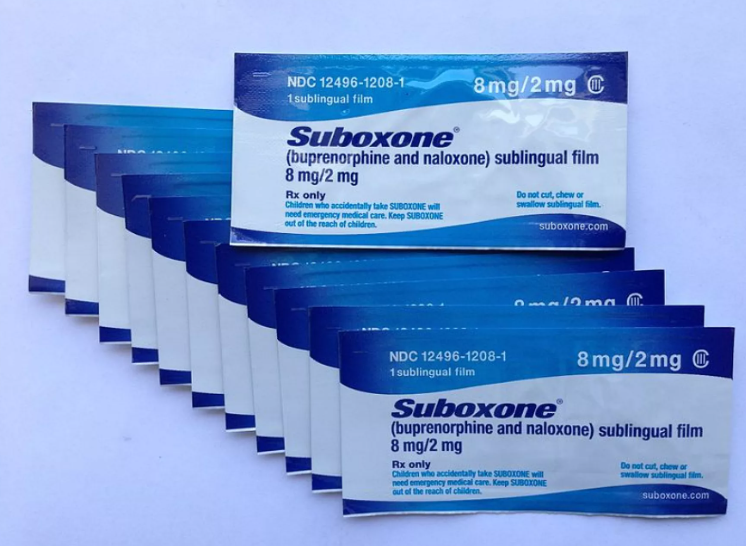

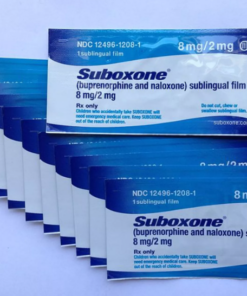





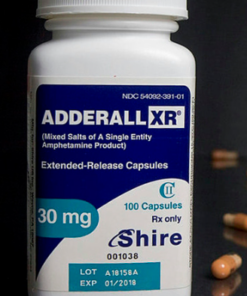
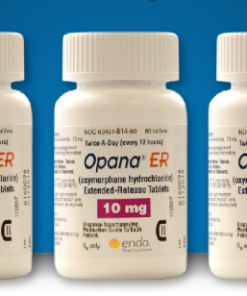



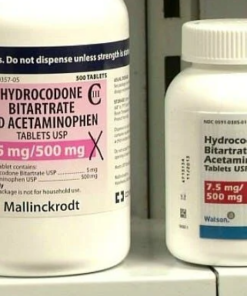
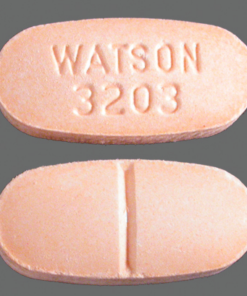
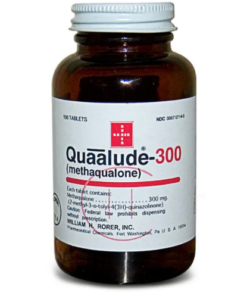



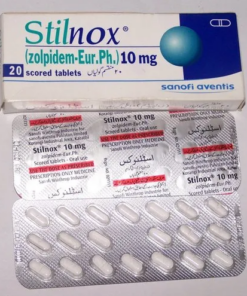
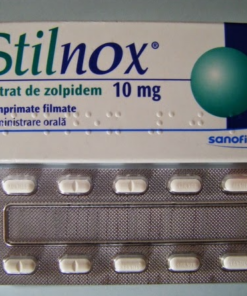
Reviews
There are no reviews yet.